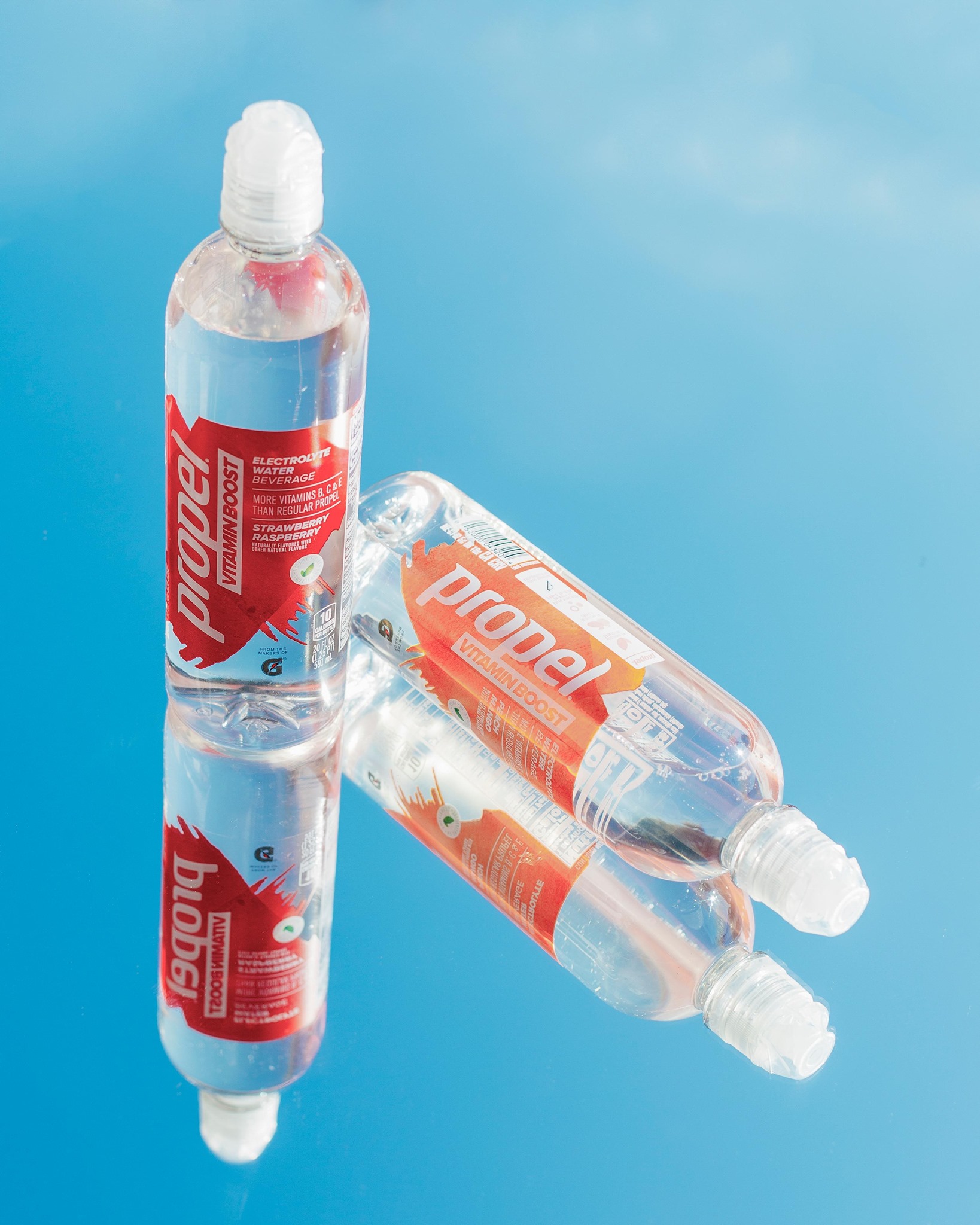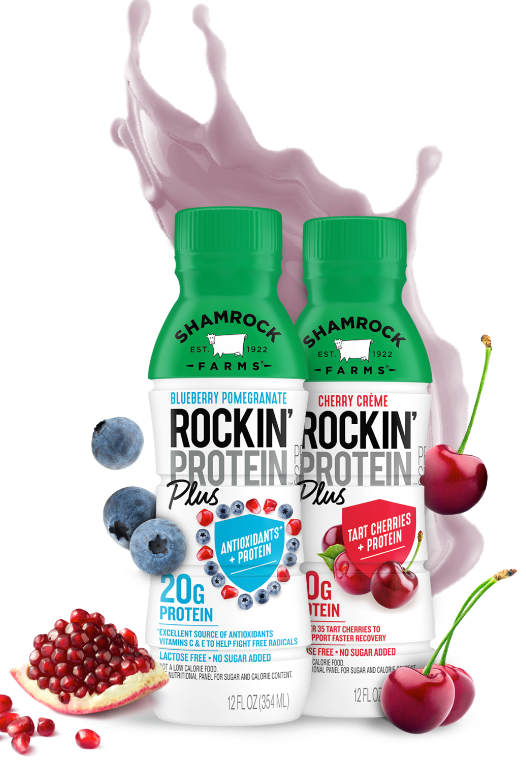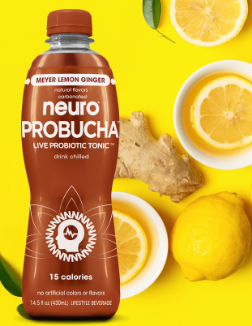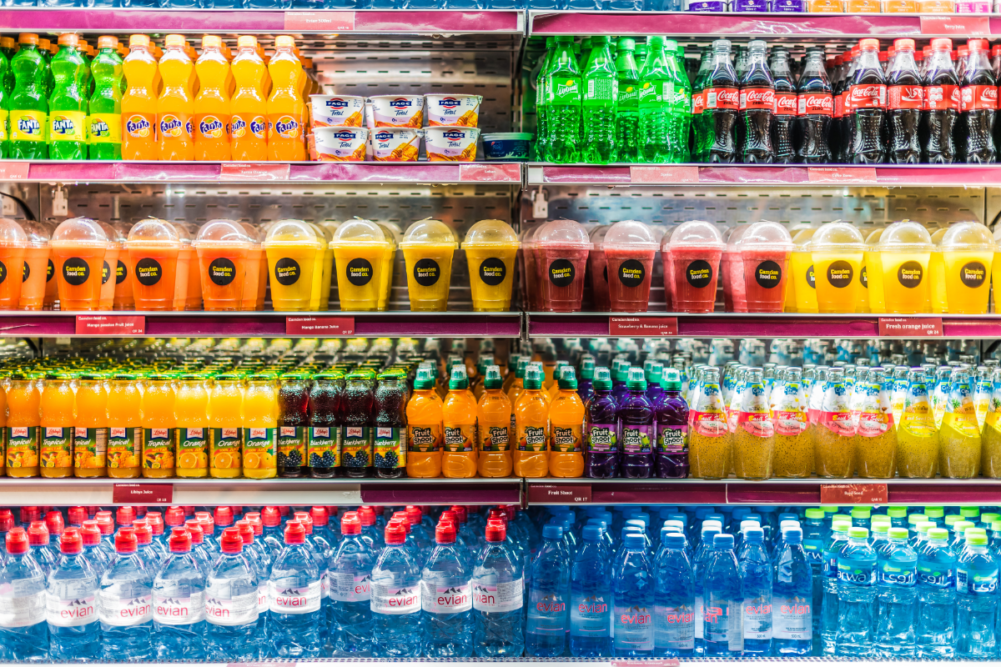CHICAGO — Ambient beverages — everything from carbonated soft drinks to iced teas to isotonics — rely on ingredients with preservation properties to keep them tasting fresh through a lengthy shelf life. While synthetic preservatives have been used in packaged beverages, as they are economically effective at low dosages, today’s label-reading consumers increasingly are rejecting ingredients with chemical-sounding names.
“Consumers expect beverages will retain sensory characteristics like flavor, color and aroma over shelf life,” said Benny Antony, joint managing director, Arjuna Natural LLC-USA, Irving, Texas. “Preservatives are usually added to extend the shelf life to meet the demands of long supply chains.”
Grace Arney, beverage technologist, DuPont Nutrition & Biosciences, a business of DuPont, said, “The addition of preservatives can also provide another hurdle to avoid beverage spoilage if any issues arise during production, packaging or distribution.”
Every beverage system is different, and the differences influence ingredient selection and usage levels. Regular Snapple products, for example, carry an all-natural claim. They are preserved with sugar and citric acid, with the latter also used to boost acidity and enhance flavor. Diet Snapple beverages, on the other hand, are made with artificial high-intensity sweeteners and require more shelf life assistance. In addition to citric acid, they also contain potassium citrate, a potassium salt of citric acid that acts as an acidulant, buffering agent and preservative.
While citric acid is naturally found in citrus fruits, giving them their tart taste, it’s typically not economical to use fruit-derived citric acid as an additive. Most citric acid ingredients are produced by feeding simple carbohydrates to Aspergillus niger mold and then processing the resulting fermented compound. It still is considered a cleaner label option.
High-fructose corn syrup (HFCS)-sweetened Fanta and 7 Up also both include citric acid. The other preservatives vary based on desired flavor profiles. Fanta Orange, for example, includes sodium benzoate and sodium polyphosphate, while lemon-lime 7 Up, which makes a low-sodium claim, relies on potassium citrate and calcium disodium ethylene diamine tetra-acetate (EDTA).

Coca-Cola, which is also made with HFCS, relies on sugar and phosphoric acid. Both ingredients are in Pepsi, as is citric acid, which contributes to its differentiating flavor.
In closed containers, sugar functions as a natural preservative by binding water. That’s because microorganisms require free water to grow.
Many “salts” on the other hand have chemical-sounding names. Chemically speaking, salts are compounds consisting of an ionic assembly of cations and anions that render it neutral in charge. They draw water out of microorganisms, effectively drying them and killing them. There are numerous salts that function as beverage preservatives.
Sodium benzoate is the sodium salt of benzoic acid. It typically is synthesized by a reaction between benzoic acid and sodium bicarbonate, sodium carbonate or sodium hydroxide. When dissolved, the sodium pulls moisture from the microbial cell while the benzoic acid is absorbed, causing the pH to fall, further contributing to the demise of the microorganism.
Sodium polyphosphate is the salt of triphosphoric acid. Polyphosphates induce changes in the transport and availability of vital nutrients to the microbial cell, thereby preventing normal metabolic processes from occurring and the cell eventually dying.
Calcium disodium EDTA is a multi-functional salt with chelating properties. It binds to metals and prevents them from participating in chemical reactions that might cause discoloration or flavor loss. In clear carbonated soft drinks such as 7 Up, it reduces turbidity while protecting freshness and taste.
The most common preservatives historically used in soft drinks have been sodium benzoate and potassium sorbate, with some beverages containing both. They are effective at low dosages and economical.
Potassium sorbate is the potassium salt of sorbic acid and often used when it’s necessary to keep sodium content low. It is effective at inhibiting molds and yeasts from growing in wine, fruit drinks and soft drinks. In wine, it also assists with the fermentation process.
Cleaning up labels
“The most popular and most prevalent preservatives for a good part of the 20th century have been artificial,” Mr. Antony said. “The ease of use and their initially assumed ‘safety’ put them in beverages across the world. But as science progressed and their widespread use could be studied over time, it has been proven that these preservatives can harm more than just the microbes they were to target.
“This realization and the growing movement to go natural has pushed the adoption of clean label, nature-based preservatives as a healthier alternative. Nature-based preservatives are more tailor-made to the product and utilize underlying natural properties and synergies to ensure preservative action.”

Arjuna Natural provides natural solutions to control oxidative and microbial degradation. The company created a solution for a customer who had a six-month preservation requirement for a fruit-based beverage that was 100% natural and offered protection for over nine months consistently in test conditions.
“This gave enough buffer to ensure a shelf life of six months,” Mr. Antony said. “The nature-based system was functionally comparable in all ways to artificial preservatives, while allowing for a clean label or a 100% natural claim. It is generally declared on the ingredient statement as natural flavor.”
The nature-based preservatives consist of proprietary formulations of essential oils and oleoresins. The ingredient systems provide effective antimicrobial activity and shelf life extension, without affecting flavor or mouthfeel.
Mindi McKibbin, principal scientist-beverage applications, explained that DuPont Nutrition & Biosciences offers a range of clean label antimicrobials. Natamycin, for example, is a naturally occurring anti-fungal. It reduces yeast and mold growth in many different beverages, as it is functional over a range of pH values and heat treatment processes.
“Natamycin is a peptide that binds to the surface of the yeast and mold resulting in inhibition or death of the cell,” Ms. McKibbin said.
Natamycin has been used to extend the shelf life of cheese and fermented meat. The foods benefit from preservation against yeasts and molds, but need to allow bacterial cultures to remain active. This has made natamycin a common additive in fermented beverages, such as drinkable yogurt and kefir.
DuPont’s natamycin range includes an ingredient with excellent solubility and a neutral taste, as well as optimal clarity when dissolved into liquid. Shelf life tests have shown the product to remain effective after seven weeks in orange juice.
“We also offer a cultured dextrose fermentate with antimicrobial properties,” Ms. McKibbin said. “It leverages organic acids to inhibit yeast and mold. The organic acids are pH dependent, and activity increases as the pH decreases.”
It is produced from familiar food ingredients, such as sugar, milk and wheat flour, along with fermentation nutrients. The fermentation produces the functional organic acids, which are an effective hurdle against common food spoilage microorganisms while enhancing the sensory quality.
Vinegar is another fermented ingredient that naturally assists with beverage preservation. Drinking vinegars are usually made with apple cider vinegar (ACV). The ACV is produced through a two-step fermentation process. First, yeast convert the inherent sugar into alcohol, then bacteria turns the alcohol into acetic acid, the sour component of all vinegars that has the preservative properties.
“Beverages using organic ACV are trending right now, either ACV at 100% or as part of a beverage mix, such as kombucha,” said Juliet Greene, corporate chef, Mizkan America, Mount Prospect, Ill. “These beverages are getting more complex, with a layering of flavors. They are also being positioned as ‘zero-proof’ beverages or mocktails. The ACV gives the drink some zing, like gin or vodka.”

Ready-to-drink beverage manufacturers using ACV as an ingredient typically purchase the vinegar in bulk tankers, but smaller containers are available. The acetic acid content serves as a natural antimicrobial and may extend product shelf life.
“Acids that are more hydrophobic have been shown to be very effective antimicrobial agents,” said Mohammad Emami, senior product manager, Bartek Ingredients, Stoney Creek, Ont. “Hydrophobicity is important because the microbial cell wall normally contains lipid material. Hydrophobic organic acids can interact with this lipid material in a way that disrupts microbial activity.”
Fumaric acid, in combination with sodium benzoate, was shown to have a bactericidal effect against E. coli O157:H7 in apple cider, Mr. Emami said. A 5-log reduction was achieved by holding the cider at 25°C for five hours after the addition of 0.15% fumaric acid and 0.05% sodium benzoate.
“The cider was at pH 3.2 to 3.4,” he said. “The efficacy of these antimicrobial agents is enhanced by a reduction in pH. Acidulants are used in beverage systems to reduce the pH. The lower the molecular weight of an acidulant, the most effective it is in the reduction of pH without affecting the sensory attributes of the finished product. Due to its small molecular weight compared to the other organic acids, fumaric acid can be used as a tool to decrease pH without increasing sourness in acidified beverages.
“In wine and other alcoholic beverages, trace metal ions, particularly those of copper and iron, accelerate the precipitation of metal-tannin complexes, which cause turbidity and sedimentation. Malic acid inactivates trace metal ions by binding or chelating them and prevents turbidity. Similarly, using malic acid in place of citric acid in calcium-fortified beverages prevents turbidity due to precipitated calcium citrate because the calcium salt of malic acid is much more stable than calcium citrate.”
Protective cultures are another option. Live, non-spoilage microorganisms have a long history of safe use in food and beverage.
“They were selected for their unique properties to control yeasts and molds throughout shelf life in fermented, plant-based beverages, including fermented soy, pea, coconut and nut-butter based beverages,” Ms. McKibbin said. “The product does not contain any dairy allergens and is suitable for organic and vegan products. The product meets the clean label trend as it can be labeled as ‘live and active cultures.’"





